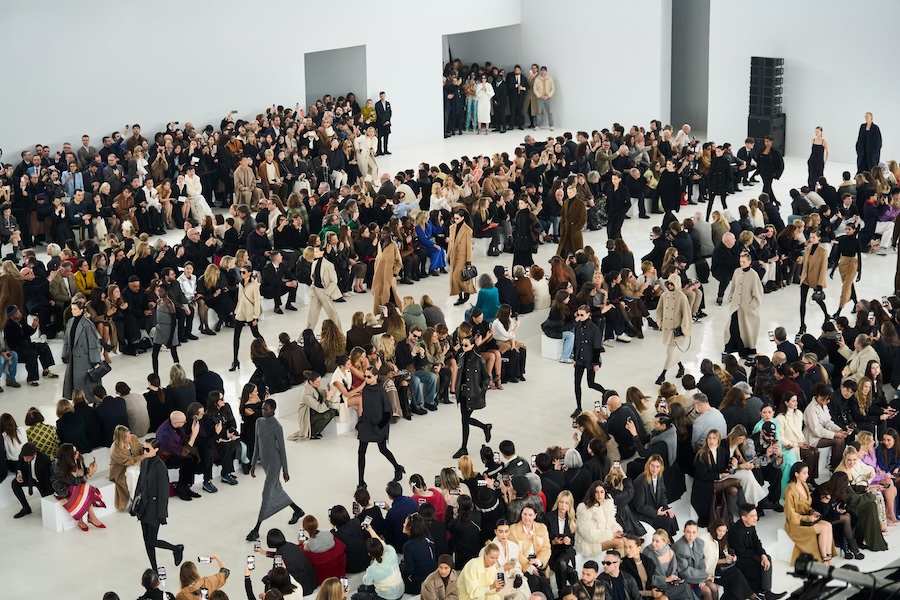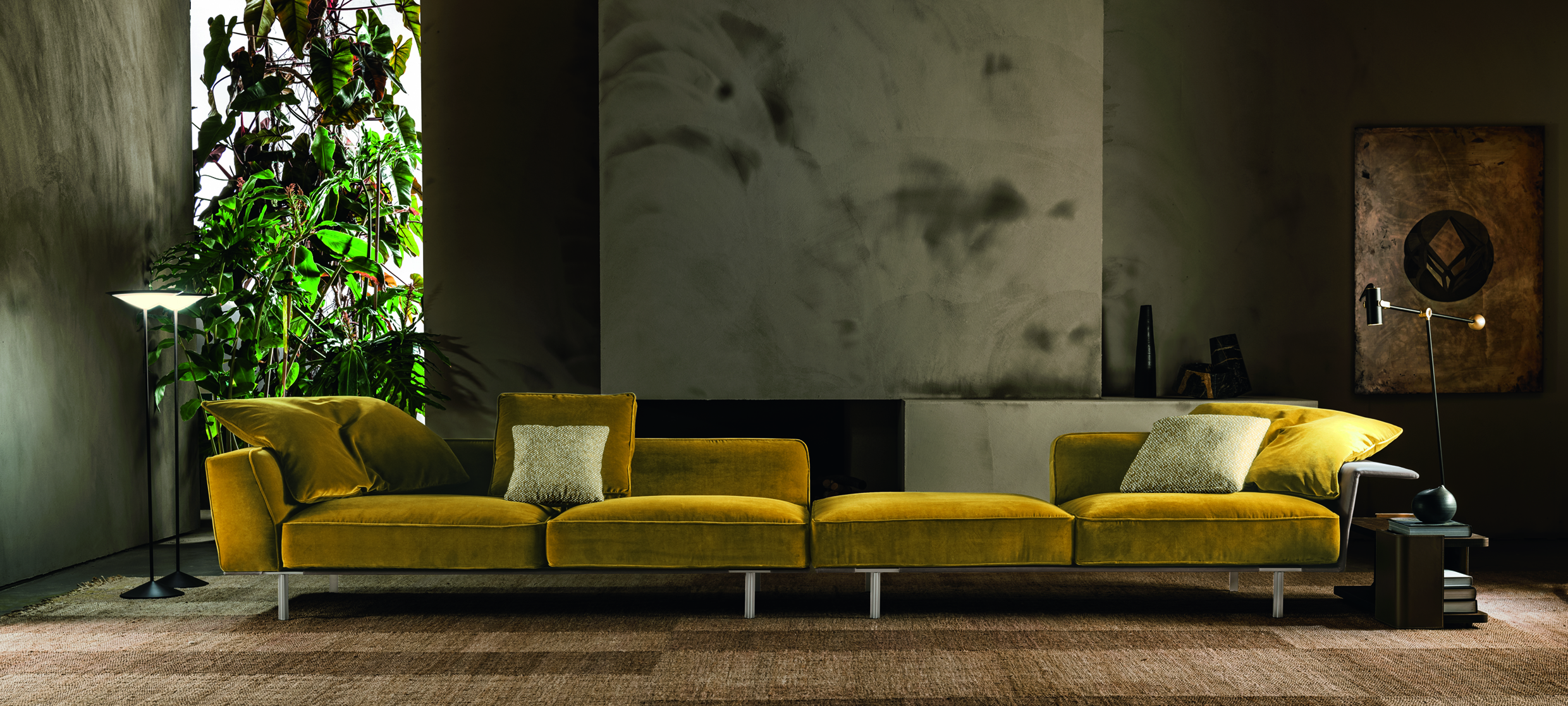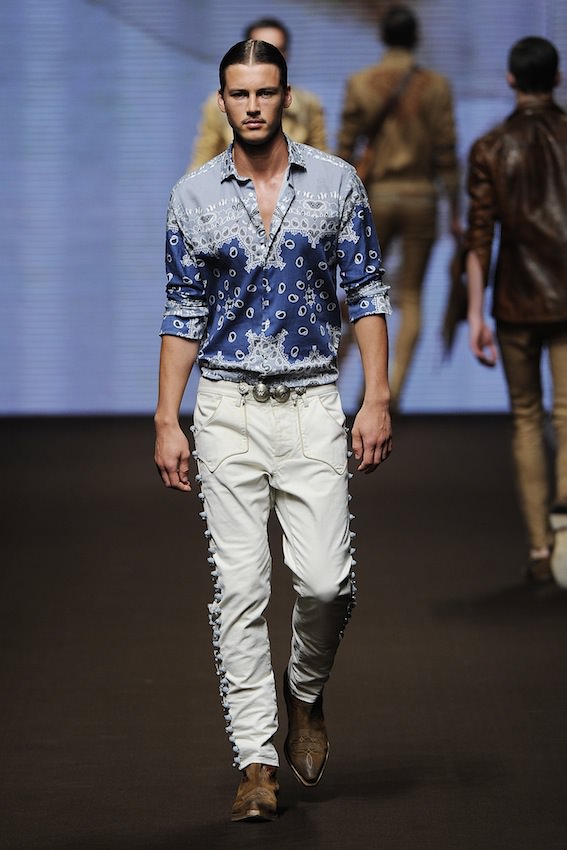With the increasing interest in what’s going on in menswear has come an increase in eye-catching shows and collections from old and new designers. But one family-run brand has been doing exciting things in menswear for decades, founded on the peculiar pattern of paisley—Etro. The flamboyant and fun house takes inspiration from bright colors, sensuous fabrics, and bold prints. And the man now behind Etro Man, Kean, the son of founder Gerolamo, creates collections around his travels (Mexico, Senegal), his studies (Islam, medieval history), and even food (eggs, pasta), proudly defining the brand as an outsider in the fashion world. We spoke with Etro about crafting “freshly baked ideas” and what he calls the “maestros” of the industry, the women and men who work with their hands—the tailors.
WHITEWALL: Etro is a family business that seems to pride itself on existing and maintaining its outsider status in the fashion world. Growing up in the family business, what sort of values do you think that resulted in? How do you think that formed what’s been described as your creative and nomadic spirit?
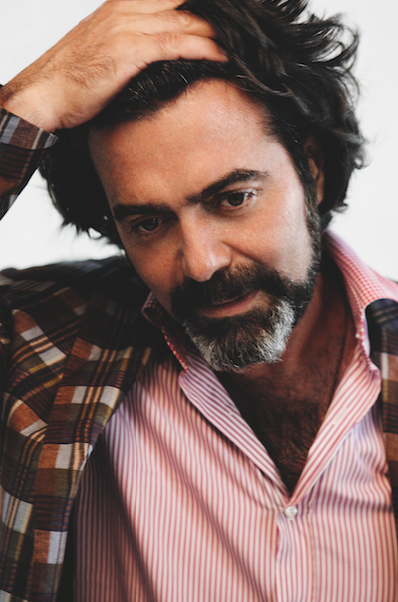
Courtesy of Etro
KEAN ETRO: The Etro company started in 1968 when my father began to play with paisley design. He traveled to India, France, and England, and he found the amazing paisley design and he brought it to fabrics. That’s how we started. At the heart of the brand is our family’s tradition with high-end fabrics and highly researched patterns. We always try to keep a balance between what feels new and fashionable with what is traditionally relevant. “New Tradition” means that we are always trying to combine the heritage of the brand with a modern touch. Every collection fuses tradition with innovation and history with a contemporary edge.
I joined the company very young, and at the beginning everything was very experimental. Growing up with beautiful things—fabrics, antiques, art—I certainty had a very great school to give birth to my creativity, vision, and inspiration. I am always looking for ways to mix tradition, creativity, and experimentation.
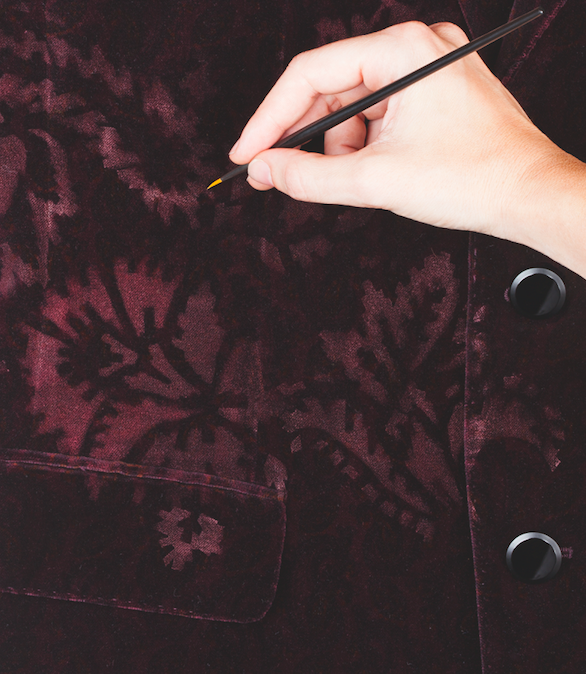
Courtesy of Etro
Family means relationship: the possibility to have a different point of view and different interpretation of the same issue, sharing both mutual support and exchange—this is a source of richness. We daily confront each other; we share a great passion for art, history, culture, and above all an innate curiosity. A family, a community, a tribe is like a tree where the leaves are all different but reach out toward the sky for light, with firm roots down to earth!
WW: Travel is a big inspiration for you when designing the men’s collections. Was the importance of travel instilled in you from a young age? What destinations have had the most profound affect on you? On your designs?
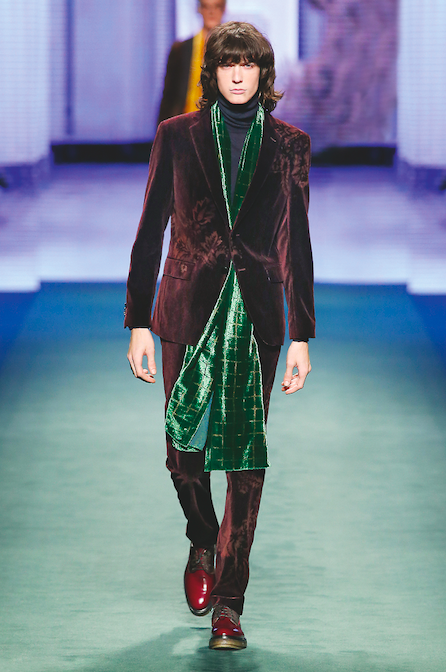
Courtesy of Etro
KE: Traveling opens the mind and lets you discover different cultures and ways of life. I love traveling . . . also metaphorically, in my room, in my dreams, in my books. I have studied African, Islamic, and medieval history, and I have a great connection to the African continent. In 2000 I went to the Senegal Biennale Dak’Art, taking part as the biggest fashion event in Africa, to present Etro’s collection. It was an amazing experience and a real moment of sharing.
I really like going to Mexico, as a source of many inspirations from the perfection of nature, as a return to beauty. The journey means enrichment and learning. In fact, I found the love of my life, my wife Constanza, by traveling to Ciudad de México! I madly fell in love—stars started dancing! I am very interested in Mexican culture and have a library of nearly three thousand books on this topic, probably the biggest in Europe privately owned.
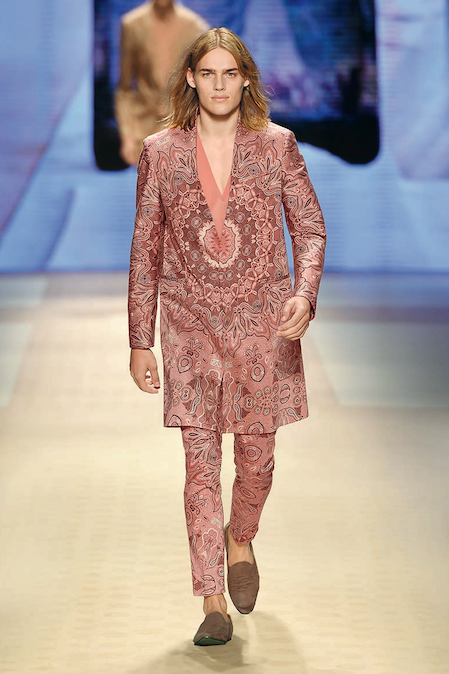
Courtesy of Etro
WW: You’ve said that the definition of a designer is too tight-fitting for you. So how would you describe your role at Etro instead? You seem passionate in a number of areas—travel, culture, food, art, history. How is fashion design a good funnel for all your creative areas of interest?
KE: I always looked to do something more theatrical, poetical, never about just the clothing. I would love to be a storyteller. The greatest success is to share a sense of harmony, irony, colors, and joy with people. We did, for example, in 2003, “mobile fashion,” a walk through Milan in a state of togetherness—fashion and people, nature and people.
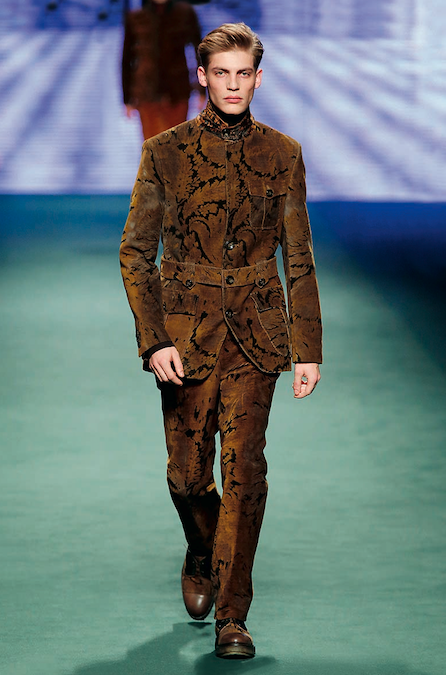
Courtesy of Etro
I believe in nature, and it influences my life and my work. I have a deep respect for the local work and culture—for example, our tailors, as the culture of Huichol people rooted in the sacred site of Wirikuta, and this kind of biodiversity has to be protected.
WW: A few recent collections have been food-inspired, like the Summer 2015 and the Summer 2016 collections. How do you start working through a theme-based collection?
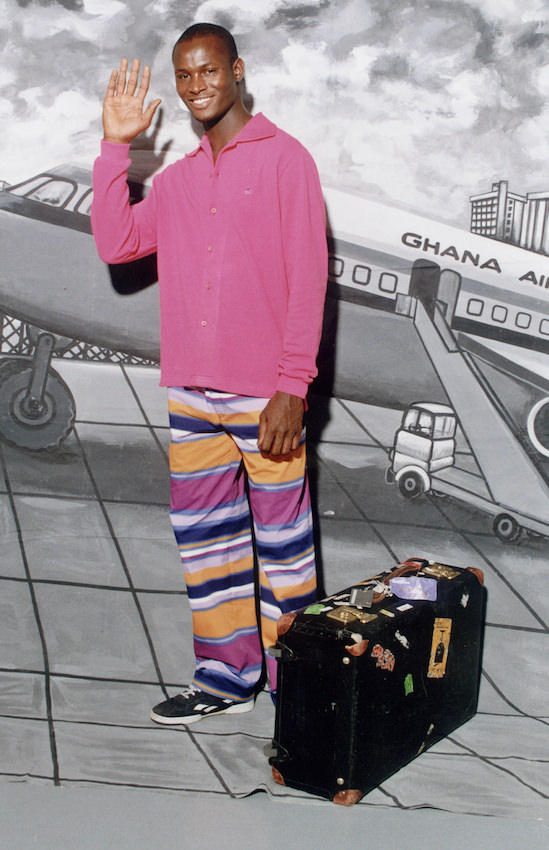
Courtesy of Etro
KE: My work is a “serious game,” in which I try to give depth to objects, as they tell stories that become creation through listening. I have mixed different ingredients to prepare the last collections: colors, prints, natural fibers blended with Italy’s culinary tradition and our sartorial know-how, or the egg, as a symbol of primordial life, union of both male and female.
Another driving force is the search for beauty and happiness. Etro’s motto is “faithful to love and beauty.” I believe we should “think, hear, and feel” through three brains: head, heart, and stomach.
I really like to play with contrasting elements. Even in the kitchen I love to immerse myself in culinary experiments with my family. Have you ever tried to cook a shirt?
WW: Etro is known for its bold colors, patterns, and prints. And you’ve even said yourself that it took you a while to be comfortable wearing color, wearing prints. How do you put your customers at ease or give them the confidence to not just wear black or gray or solids?
KE: Our idea of style is based on the concept of creating something wearable and able to make people feel happy with what they wear.
I think that our customer is a man who is the visible expression of his emotions and state of being. A man who is not afraid of living! Color is a vibration of light; it has an emotion, an intensity. Everything has a color and not only for those with eyes to see: The vibration of the light releases chromatic energy across the whole planet, nurturing both matter and spirit.
WW: You’ve said,“I am personally always looking for ways to blend artisanal know-how with creative experimentation—it’s like being experimental but grounded.” What were some of the moments of experimentation you implemented into the Fall/Winter 2015–16 collection?
KE: The focus in term of experimentation of the Fall/Winter 2015–16 collection is the “Hand Painted Tailoring” concept. This story presents the values and DNA of the brand, because many of the original cashmere patterns presented in Etro collections are still painted by hand. Today digital technology has enabled us to modify the original design, but the starting point is always handmade with love.
The “Hand Painted Tailoring” represents a link to this approach. We have worked with a colony of artists in Como to rigorously hand-paint the surfaces of clothes as an emblem of the importance of the art of making with passion and hands.
WW: How would you describe the space in which you work? The space in which you live? What objects do you surround yourself with? Are there pieces in your home or studio that offer inspiration?
KE: My studio is a place to collect inspirational objects. I really like to go to the flea markets or antique shops looking for old books, antiques. I think it is my passion for history that leads me to want to go to the source of things. I’ve always been fascinated by folklore, anthropology, ethnology, and tribal rituals, so I always like to travel to surround myself with these kind of objects to deepen my understanding.
For example, literature is fundamental for my searching and inspiration. I like to collect books of different kinds, to go 360 degrees on any subject: from psychological, philosophical, anthropological, folkloric themes to historical and tribal books, minor arts, joyful lyrics dedicated to nature . . . to discover and put things together.
WW: You studied history and culture at school, and your family collected rare books, textiles, and art. What do you personally collect? Do you have an interest in contemporary art, and if so, when did that interest develop? What artists or mediums are you drawn to?
KE: I’ve collected some 80.000 books in my life. Some of them I sold to buy hectares of land where I planted hundreds of olive trees: from paper to trees, a sort of “natural art performance.” I collect, with my wife Constanza, modern Mexican “ethnic art.”
WW: In a recent interview you said, “We are tiny, we use our imagination, we are the outsiders in a way.” Do you think that mindset makes you feel a bit more connected to artists?
KE: We have to live out of our true and beloved craftsmanship. What we do craft are freshly baked ideas. We do work with artists’ hands. Think of the “maestros,” tailors, men and women, the embroidery artwork.
This article is published in Whitewall‘s winter 2016 Lifestyle Issue.




